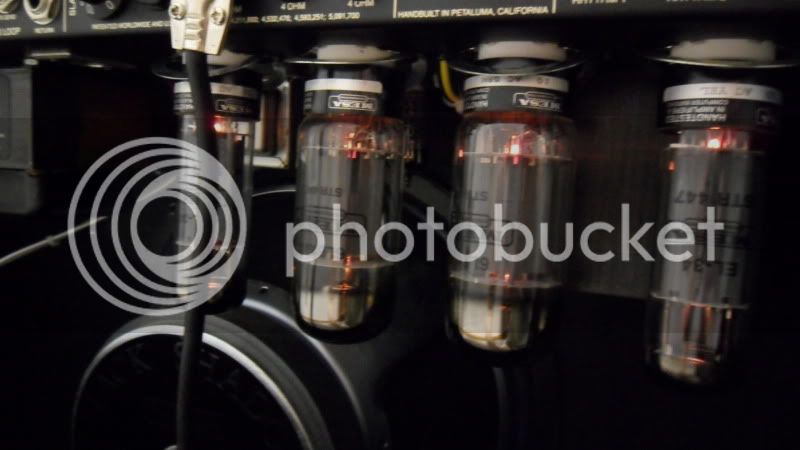"Blue glow" being bad is one of the biggest myths about tube amps. I have no idea how it became so widespread, and I can't begin to imagine how many perfectly good tubes have been trashed just because they glow blue, because of this. It's almost always complete nonsense.
Blue/purple glow just inside the glass is a sign of a *good* tube in good working order. It's caused by minerals in the glass glowing when bombarded by stray electrons from the operational structure of the tube, and means the vacuum is good. Almost all power tubes show a very small amount of it, but some of the tubes with the strongest glow are the best quality US-made 6L6 types from the 1970s and 80s - so it's especially sad that these will be among the most commonly thrown out because they glow blue.
*Some* types of blue glow - inside the plate structure - are a sign of gas in the tube and can mean trouble, but it looks different and you can easily tell when you see it - it's more usually slightly green/blue not purple/blue or royal blue. Even then, many tubes (including most EL34s) normally glow at least a little like this when they're perfectly healthy.
If the tube looks like a blue (or purple) neon bulb, it's probably time to worry though... the last time when I saw that happen it was after the amp had started to sound really bad and about a second before the glass bottle melted on one side and a purple flame shot out of it

.


























